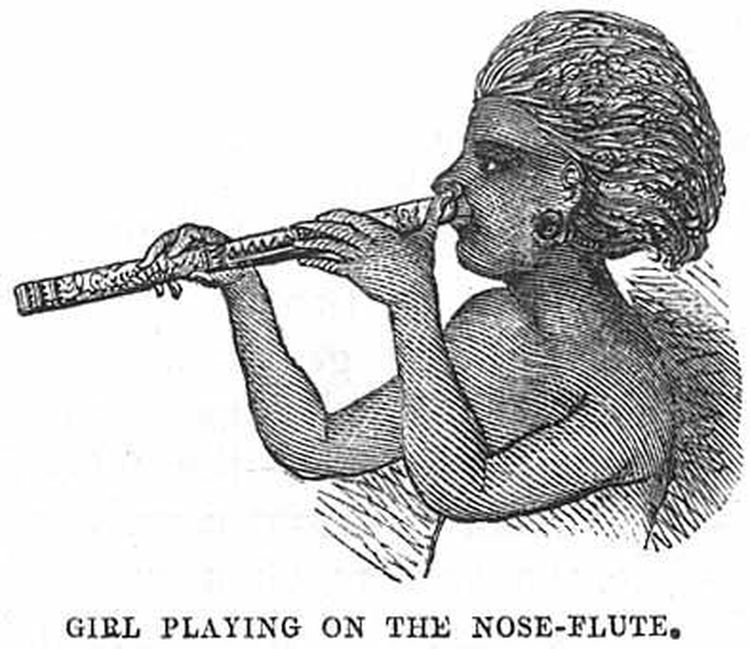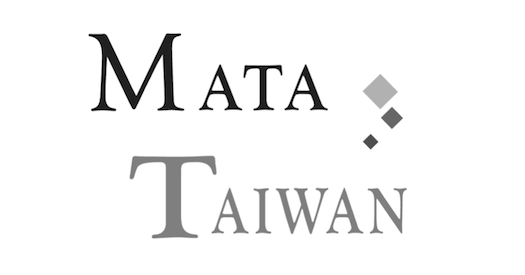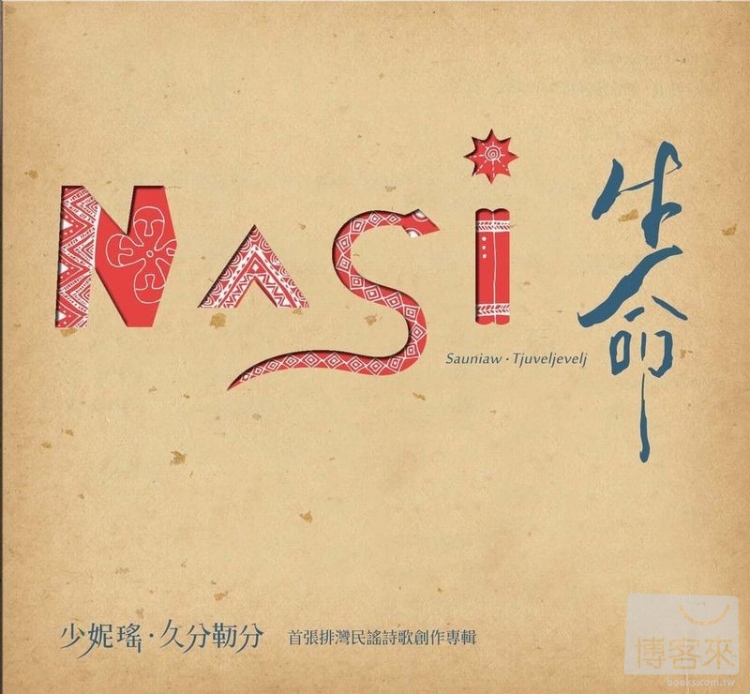今晚,在凱達格蘭族的故鄉 -- 北投的社區大學,來了一位南台灣的重量級女音樂家,為大家帶來了一場超精采的音樂饗宴……
而這位女音樂家,就是大名鼎鼎的少妮瑤!Nose flute could be a common memory of all the Austronesian peoples in the world, as it’s an important instrument for most of them. And among all the nose flute playing people, Taiwan’s indigenous people’s twin-pipe nose flute is something you shouldn’t ignore
— Because the twin-pipe nose flute can only be found in Taiwan!
Last night we had an indigenous musician from Southern Taiwan to Taipei to share her rich world of music with us: the Paiwan musician Sauniyaw Tjuveljevelj!
Sauniyaw is from the Paiwan community Sinvaujan in Pingtung, the home of indigenous Paiwan people and also the home of the nose flutes of Paiwan. It’s true that Paiwan is not the sole Taiwanese indigenous people that still play the musical instruments, but compared to the other ethnic groups where only a very few people know how to play, Paiwan is famous of still having a large number of teachers and students playing them.
Why?
We should really give some credits to Sauniyaw. Traditionally female and children were not allowed to play nose flutes (Paiwan: ngudjus lalingedan), and only the noble men or warriors could. However, as there were fewer and fewer people playing them, even as a girl, Sauniyaw decided to break the rule and learn the instruments from the elders in her community, and spread the sounds of nose pipes among the communities of Southern Paiwan.
Now, with the efforts of many Paiwan people, the nose flutes are widely played by everybody. For example, the twin-pipe nose flute played by Sauniyaw last night is for children actually, which is shorter and easy to carry:
For more interesting indigenous stories?
Now follow us on our fan page!Let’s pipe the twin-pipe nose flute only found in Taiwan!
According to Sauniyaw, single-pipe nose flute is more difficult to play than twin-pipe nose flute as it’s harder to control the breath when there is only one pipe to send in the air. Let’s check a demo of single-pipe nose flute by Sauniyaw:
Perhaps because the twin-pipe nose flutes are easier to learn, there have been more Paiwan people playing the twin-pipe — But do not look down upon the twin-pipe nose flutes just because they are more common……
Because they are only common in Taiwan’s indigenous communities, but have disappeared (or never appeared) in the rest of the world!
Nose flute has been regarded as one of the common memories of the world’s Austronesian peoples. But most of the Austronesian peoples only play the single-pipe nose flute, only the Austronesian peoples in Taiwan still play the twin-pipe nose flute, especially Paiwan, Rukai, Amis, and Pinuyumayan.
For example, this is a picture of a Fijian girl playing a single-pipe nose flute:

No matter we’re sad or happy, let’s play nose flutes!
Since nose flutes are so special, when do the Paiwan people play them?
1. On any mournful occasion
Like Chinese people, the Paiwan people think men should not cry. And so the men should play nose flute to express their sorrow as in Paiwan culture, the soft sounds of nose flutes sound like whimpers that they think it’s a good way to express the men’s sorrow.
2. On the nobles’ wedding party
As mentioned, the playing of nose flutes used to be a privilege of the noble men and the warriors of Paiwan, and so the nose flutes have been connected to nobility and are also played on the noble’s wedding party to praise the nobility of the princess.
Also as a nose flute needs more strength to play, more air to be sent to the pipe(s), when a man becomes 60 or 70 years old, he may have no strength to play it any more. And so the Paiwan people think a man who can still play nose flutes means he is an energetic and healthy man!
So there are so many stories behind a simple nose flute…… Much appreciated, dear Paiwan people who have spared no effort to keep the beautiful sounds of nose flutes played around the world!
鼻笛有兩種:老外用單管鼻笛,只有台灣雙管齊下
一般來說,單管鼻笛比較難吹奏,因為只有一個孔,氣流的控制比雙孔難。有多難呢?請看下列示範: 或許也因為雙管鼻笛相對比較容易,因此本來排灣族裡就仍然有許多人在吹奏雙管鼻笛 -- 但你可別因為雙管鼻笛比較普及,就瞧不起它…… 你知道嗎?全世界只有台灣原住民,才有在吹奏雙管鼻笛喔! 對於許多人來說,鼻笛是世界南島民族的普遍文化遺產之一,在世界各地的南島民族文化裡,或多或少都可以發現鼻笛的蹤影,例如下圖為正在吹奏單管鼻笛的斐濟少女: 但在全世界,只有台灣的原住民族有吹奏雙管鼻笛喔!
但在全世界,只有台灣的原住民族有吹奏雙管鼻笛喔!
排灣族的鼻笛,讓人歡喜讓人憂
既然鼻笛那麼神聖,那什麼時候會吹奏它呢? 基本上幾乎所有台灣的原住民族都曾經會吹奏鼻笛,只是現在仍普及的只有排灣族。而在排灣族裡,只有貴族和勇士才能吹奏的鼻笛會在下列場合出現: 1. 悲傷的場合 排灣族人同樣說,男兒有淚不輕彈,因此難過、悲傷時,女孩子可以哭泣(cemangit),但男孩子不准哭! 不准哭,那悲傷得要死,要該怎麼表示、發洩呢? 這時就是鼻笛的用途了!排灣族人認為鼻笛發出的嗚咽聲,彷彿人們的啜泣聲,聽來也特別哀淒。因此在以前,排灣族的男孩子,都以吹奏鼻笛來表達哀思的情緒。 (老師,有 bug!那男生如果不是貴族或勇士,不就沒有悲傷的權利嗎?…… = =+) 2. 貴族的婚禮 是的,就是因為鼻笛的尊貴,因此當貴族結婚,要讚揚公主的高貴時,就需要吹奏鼻笛了! 除了表示哀傷和高貴,排灣族的鼻笛,也同時代表了元氣! 原來因為鼻笛比口笛需要花更多技巧和氣力去吹奏,因此當男人老了,大約六、七十歲後,就吹不動了,因此仍能吹得動鼻笛的男人,就表示他仍然有生命(nasi),還是個很有體力的男人! 又哭,又笑,又有元氣,這就是排灣族的鼻笛…… 也真的要感謝這麼多族人的用心傳承,讓全世界還能看見這麼有故事的樂器在 nasi,在呼吸!想隨時看更多原住民的新聞和故事嗎? 現在就加入我們的粉絲團吧!

